- News
- Reviews
- Bikes
- Accessories
- Accessories - misc
- Computer mounts
- Bags
- Bar ends
- Bike bags & cases
- Bottle cages
- Bottles
- Cameras
- Car racks
- Child seats
- Computers
- Glasses
- GPS units
- Helmets
- Lights - front
- Lights - rear
- Lights - sets
- Locks
- Mirrors
- Mudguards
- Racks
- Pumps & CO2 inflators
- Puncture kits
- Reflectives
- Smart watches
- Stands and racks
- Trailers
- Clothing
- Components
- Bar tape & grips
- Bottom brackets
- Brake & gear cables
- Brake & STI levers
- Brake pads & spares
- Brakes
- Cassettes & freewheels
- Chains
- Chainsets & chainrings
- Derailleurs - front
- Derailleurs - rear
- Forks
- Gear levers & shifters
- Groupsets
- Handlebars & extensions
- Headsets
- Hubs
- Inner tubes
- Pedals
- Quick releases & skewers
- Saddles
- Seatposts
- Stems
- Wheels
- Tyres
- Health, fitness and nutrition
- Tools and workshop
- Miscellaneous
- Cross country mountain bikes
- Tubeless valves
- Buyers Guides
- Features
- Forum
- Recommends
- Podcast
feature
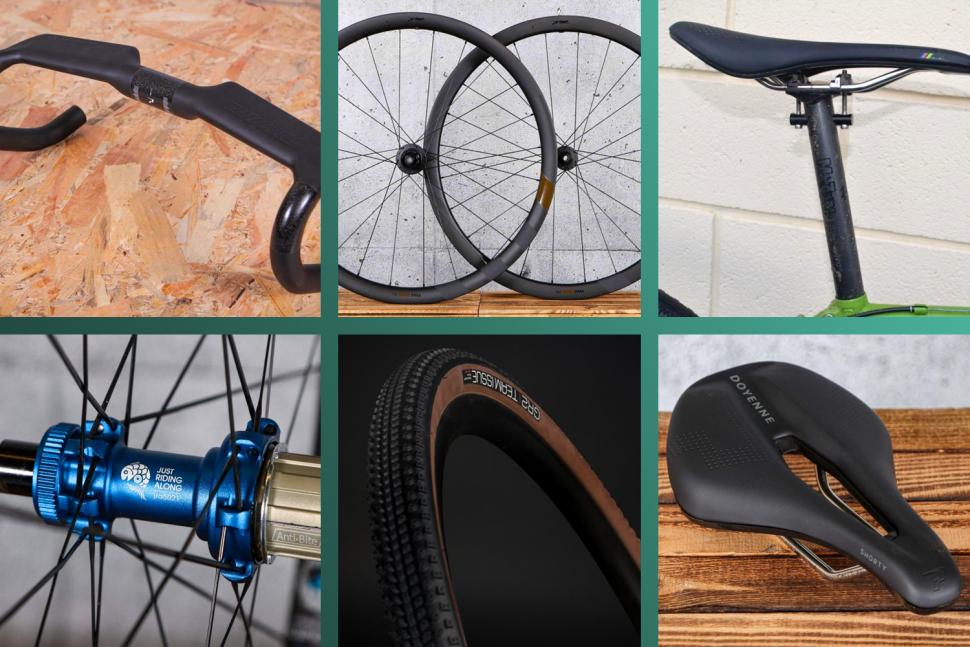 How to make your bike lighter May 2023
How to make your bike lighter May 2023How to make your bike lighter — save a kilo or more from your road or gravel bike with these affordable upgrades
Virtually everyone wants their bike to feel more responsive, especially when climbing or under acceleration. The best way to do that is to shed some weight, something that can be done relatively cheaply and easily if you shop around. Here we look at the most effective ways of shedding some grams without breaking the bank, plus some product suggestions and stats on how much weight you could save, plus (crucially) how much each lightweight upgrade will cost.
Where do you start?
Well, it all depends on how much you’ve spent on your bike in the first place. Generally speaking, the cheaper the bike, the more scope there is for swapping out heavy components for lighter options for not a huge amount of cash. If you’ve blown north of, say, £4,000 on your bike, those marginal gains are going to be harder to find.
With that in mind, we’ve chosen two stock builds to base our weight saving calculations on: Trek’s Emonda ALR 5 aluminium road bike that is priced at £2,325 and weighs 9.08kg on our scales, and Orro’s Terra X GRX400 gravel bike. That one tips the scales at 10.45kg, and costs £1,599.99.
All of the components recommended below have been reviewed by us, so the weights are from our own scales. You can also click on the links to read the full reviews.
Right, let’s get shopping and get tinkering...
Wheels
Your wheelset is probably one of the best places to start shedding weight, as many off-the-shelf bike builds will most likely see compromises here. This means that the wheels fitted tend to be either generic in-house branded options with basic rims and hubs, or the entry level models from well-known brands. Most are durable, but light they ain’t.
The Trek, for instance, is wearing wheels from their Bontrager parts catalogue (in fact, pretty much every component fitted to the bike is from Bontrager), a set of shallow rimmed Paradigm Comp TLR Discs. They are a good-looking set of wheels, but at around 1,800g they are fairly typical in weight for a bike at this price point.
If you want to keep your spending down and lack of weight is more important than aero, then something like Scribe’s Race-D Wide+ wheelset would be a good option. They weigh in at a svelte 1,448g, not bad for a set of aluminium hoops costing just £352!
If you want to upgrade to a carbon wheelset, then you can’t go far wrong with the £699 Hunt 30 Carbon Aero Disc wheelset. They are superlight at 1,347g, and we found when testing them that in the quest to drop the grams they hadn’t sacrificed overall stiffness.
Moving over to the gravel side of things, the Orro Terra X is wearing a pair of Fulcrum 900 DBs with a weight of around 1,950g.
Switching to a set of Prime’s Orra Gravel wheels will drop you around 340g for an outlay of £599.99, while if you want to go really light then you could plump for Just Riding Along’s Monitor wheels. These are £879, but their build including deep section carbon fibre rims and anodised hubs, and other colour coded components, means a weight of just 1,360g. This would be a massive 590g less than the Fulcrums.
Tyres
What’s wrapped around those wheels also makes a huge difference in how much your bike weighs, but also how it rides.
Heavier, cheaper tyres also tend to be less supple and can give a dead feel to the ride, but they can offer more durability from a harder rubber compound which will last longer, but sacrifice grip. A read through our best road bike tyres guide will give you all of the information to make the choice on what tyres will suit your riding and budget.
In terms of our builds, Orro have played a bit of a blinder here speccing Continental’s Terra Trails in a 40mm width, as they only weigh 956g a pair. That’s not bad considering some gravel tyres can come in around 1,200g a pair.
You can still drop some grams, though, by switching to a pair of Bontrager’s GR2 Team Issue TLR tyres, which weighed just 828g a pair when we reviewed them. That’s a saving of about 128g.
As for the Trek, well you can make some big gains here.
The Bontrager R1 Hard-Case Lite are anything but 'lite', at 858g per pair in a 25mm width. You can definitely drop some serious weight then!
If you aren’t too fussed about using tubeless set-ups on the road, then you won’t go much lighter than Continental’s Grand Prix 5000 in a clincher version. They aren’t cheap at £65.49 each, but they do weigh just 432g per pair. That’s a saving of 426g over the Bontragers.
If tubeless is the way you want to go, then the S TR versions of the GP 5000s are still pretty lightweight at 500g a pair, saving you 358g. They’ll cost you another tenner a pair though.
If money is no object, then consider the Challenge Criterium RS tyres. They aren’t much lighter than the GP5000s above, but their handmade construction gives them a super supple ride feel, and they look the business too. Prepare yourself for the £180 (per pair) dent they’ll put in your bank account, though.
Seatpost
So far, for both bikes we have dropped between 400g and 900g by changing the wheels and tyres. Not bad gains, but from here on in shifting those grams becomes more of a challenge.
Let’s kick off with the seatpost, as it’s one of the most commonly changed components; especially with many people wanting to swap from aluminium to carbon fibre.
Both the Orro and the Trek use in-house branded seatposts with weights of 255g and 300g respectively. Both are aluminium alloy, with an alloy clamp sat on top, and are 27.2mm in diameter.
To shift a noticeable amount of weight from a seatpost isn’t going to be cheap, highlighted by one of the lightest we’ve ever reviewed, the MT Zoom Ultralight which weighs just 148g. It costs £95.
It was reviewed by May over on our sister site off.road.cc, so it’ll definitely be tough enough for gravel use on the Orro, as well as the Trek for on road duties.
Prime’s Primavera Inline Carbon seatpost weighs 190g, but costs even more at £129.99.
Handlebars
Just like the seatpost, to drop a lot of grams from your handlebar is going to take money. Something like Prime’s (yep, Prime are here again) Primavera Aero Carbon handlebar is light for how much material is being used, weighing 226g compared to the 310g of the Bontrager Comp VR-C found on the Trek.
It costs £149.99 but does give plenty of hand positions due to its aero styled top section.
The standard round Primavera X-Light is lighter at 183g for the same cost, but some bigger riders may find it a bit too flexy.
For the Orro Terra X, the build sent in for us to review was fitted with a Deda Gravel 100 handlebar which costs £99.99, so it already has a decent weight of 257g. That’s a decent drop from the stock bar that it should come with, the FSA Adventure Compact, which weighs 320g.
If you want to really drop the weight of that front end though, it’s back to MT Zoom again with their aptly named Ultralight Gravel handlebar. This weighs just 195g, although at £160 it’s not cheap.
Stem
If you are switching your stem to save weight, you are now beginning to scrape the barrel, so to speak. Regardless of the amount of cash you lay out, there is unlikely to be a huge amount of grams to be saved. If you need to change your position on the bike then it’s worth upgrading for something bling, but otherwise we'd recommend putting your money elsewhere.
If you do want to shave a few more grams though: alongside the FSA handlebar Orro have also specced a stem from the same brand, the Omega ST, which weighs 127g for a 100mm length. Genetic’s STV is one of the lightest alloy stems we’ve reviewed at just 119g for the 100mm version, and that would be a £49.99 upgrade.
The Bontrager Elite stem used on the Trek AR5 comes in at 175g, which does give you more scope to cut some weight.
Going for the Genetic would save you around 55g, or FSA’s Energy stem would shave off 42g for a £68 spend.
If you want to make a statement, what about the Mythos Elix…. you’ll only save about 5 grams over the Bontrager, but it’ll look the business. It'll cost you £500 mind!
Saddle
The weights between various saddles can fluctuate massively depending on how much padding you want and what materials are used in its construction. Having a cut-out can also save weight.
The Trek’s Bontrager Verse Comp nudges our scales up to 307g, and you could easily drop nearly 100g by plumping for the Pro Griffon Performance saddle at £89.99. It weighs 210g, has a carbon reinforced shell and stainless-steel rails.
If that price is too steep, then you could try the Smanie GT 137 which comes with a dropped nose and chromoly rails for £59.99. It weighs 267g.
The Orro’s saddle is in the same ballpark weight-wise, as the Bontrager and the majority of road saddles also work on the gravel. If you would like a short-nosed saddle, then a good option would be the Prime Doyenne Shorty which comes with titanium rails and a pressure relieving cut-out.
It costs just £59.99 and weighs 215g.
Brake rotors & calipers
When it comes to the brakes fitted to off-the-shelf bikes you can’t really fault the performance, so the need to upgrade is minimal. But we all love a bit of bling though, don’t we?
Weight savings are very minimal indeed, mind. On the Orro the BR-RX400 hydraulic calipers weigh 294g a pair, which is the same as the 105 R7070 offerings on the Trek. The rotor weights differ slightly with the Orro’s 160mm SM-RT64s coming in at 280g a pair, with the Trek’s RT-70s being slightly lighter at 266g a pair.
Hope’s Road CL Disc Rotors were described as a ‘blingtastic way to upgrade your bike’ in our review, although the £130 per pair upgrade will only give you a weight saving of 28g on the Trek.
Swisstop’s Catalyst Race rotors are a similar weight to the Hope’s, just 2g heavier per disc in fact, but they are ‘only’ £119.98 a pair.
Hope’s RX4 calipers are designed to match their rotors, but you won’t save any weight although you will get improved performance over the stock calipers. They cost £200 and weigh 348g, so an increase of about 50g.
Inner tubes
While many of you are running tubeless these days, most stock bikes come with tubes fitted. If you wanted to swap those out for some of the lightest on the market by Tubolito, it won't be cheap but you could save a lot of grams.
A standard gravel-sized inner tube (35mm to 45mm) weighed 158g on our scales, with the Tubolito S-Tubo CX/Gravel coming in at just 33g.
The Tubo Road 700c tubes are 38g compared with 121g for a standard road tube. The replacement costs are £29 and £29.99.
Adding it all up…..
Let’s take a look at how each bike stacks up after being put on a cash-induced diet then...
So there you have it: if you go for all of our recommendations, the price of your Orro goes from £1,599 up to £2,737.90, and the weight from 10.49kg down to 9.46kg. Spending £1,398.93 on your £2,325 Trek Emonda ALR (to bring your total spend on the bike up to £3,723.93) will take the weight down from 9.08kg to an impressive 7.60kg.
While we've tried to recommend affordable products in this article, if one thing is for sure it's that chopping weight from your bike/your Hairsine ratio (scroll down to 'H' in our A-Z of cycling jargon if you don't get that reference!) isn’t going to be cheap to get any significant gains. Overall, you're looking at about £1 per gram if you update every component suggested.
The wheels, tyres and inner tubes are definitely the most cost-effective, especially in the case of the Trek. We scrubbed nearly 900g there for about £830, although at the time of writing Hunt are offering those Carbon Aero wheels for seventy quid less.
Some components also bring performance gains without huge drops in weight though, like the Hope brake calipers, which would allow you to hold off of braking as you go into corners where you might not need to slow down. This brings better efficiency overall.
If you haven't worked it out already, the truth is that the rest is just tinkering. It would be more cost-effective to lose weight from yourself by dropping your bodyweight instead if you can.
Are there any cost-effective lightweight bike upgrades that we've missed? Let us know in the comments.
Since writing his first bike review for road.cc back in early 2009 senior product reviewer Stu has tested more than a thousand pieces of kit, and hundreds of bikes.
With an HND in mechanical engineering and previous roles as a CNC programmer/machinist, draughtsman and development engineer (working in new product design) Stu understands what it takes to bring a product to market. A mix of that knowledge combined with his love of road and gravel cycling puts him in the ideal position to put the latest kit through its paces.
He first made the switch to road cycling in 1999, primarily for fitness, but it didn’t take long for his competitive side to take over which led to around ten years as a time triallist and some pretty decent results. These days though riding is more about escapism, keeping the weight off and just enjoying the fact that he gets to ride the latest technology as part of his day job.
Latest Comments
- hawkinspeter 3 min 42 sec ago
‘Legitimate concerns of many east Bristol residents are being dismissed’: https://www.bristol247.com/opinion/your-say/legitimate-concerns-many-east...
- hawkinspeter 19 min 22 sec ago
Tory metro mayor candidate slams plans to close Park Street to through-traffic: https://www.bristol247.com/news-and-features/news/tory-metro-mayor...
- brooksby 9 hours 14 min ago
"Transit"?!? Trump probably thinks that is just some sort of communist thing, only for losers
- David9694 9 hours 21 min ago
Further to A Look at Logical Fallacies a couple of months ago. My theory is that 5...
- wtjs 9 hours 37 min ago
A dangerous, reckless and aggressive BMW driver. Who saw that coming?!
- wtjs 9 hours 42 min ago
canny Lancashire drivers have saved some cash by not bothering with paying VED or getting a MOT? This is VW Passat KP58 GGA
- stonojnr 9 hours 43 min ago
its aggressive because its basically a left hook onto a roundabout. The driver is basically giving you the choice move out their way or be hit,...
- David9694 10 hours 22 min ago
(Driverless) Essex crash sees person trapped as car flips on side https://www.gazette-news.co.uk/news/24927107.canvey-island-car-flipping-...
- HoarseMann 11 hours 11 min ago
Well, I've watched the video and I didn't see anyone in it who would likely to be offended....
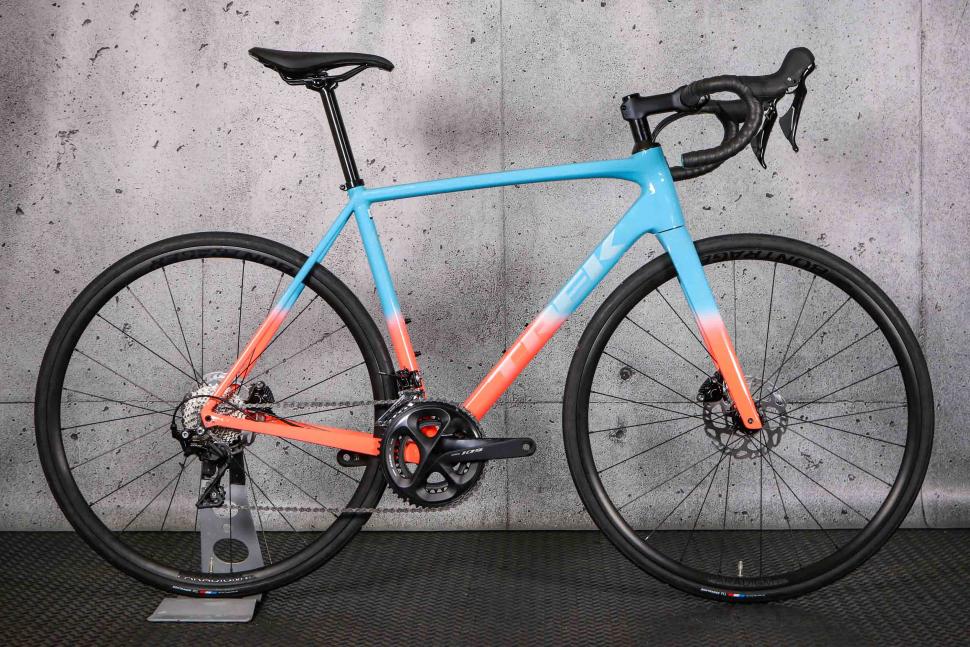

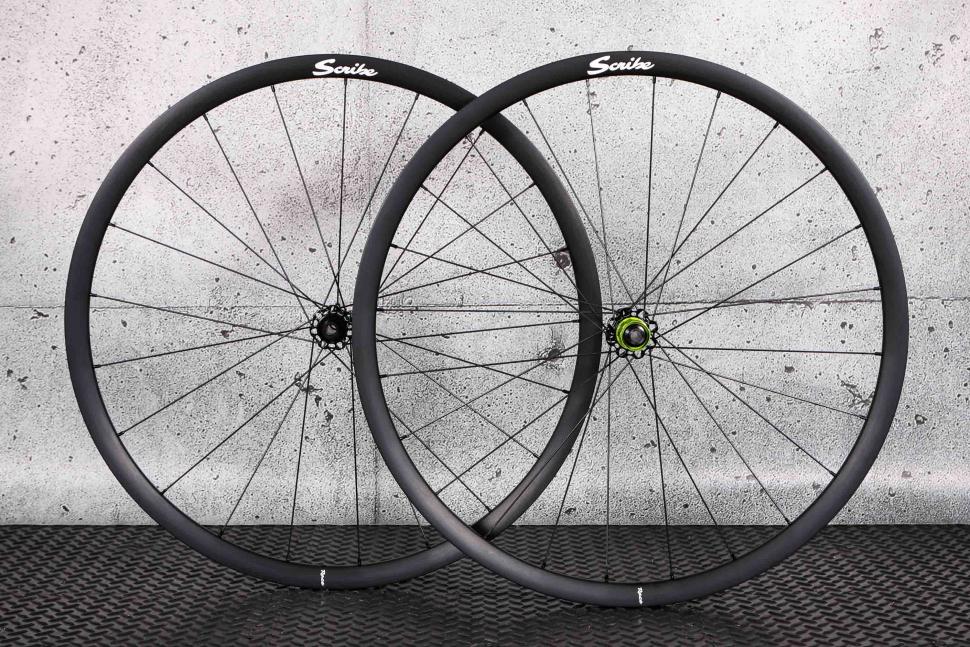
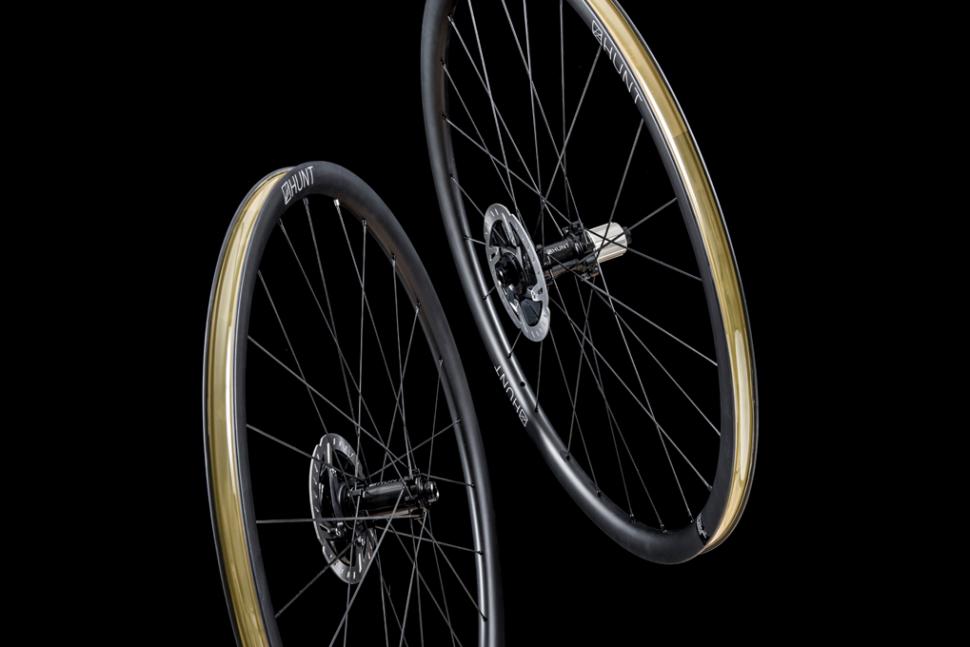



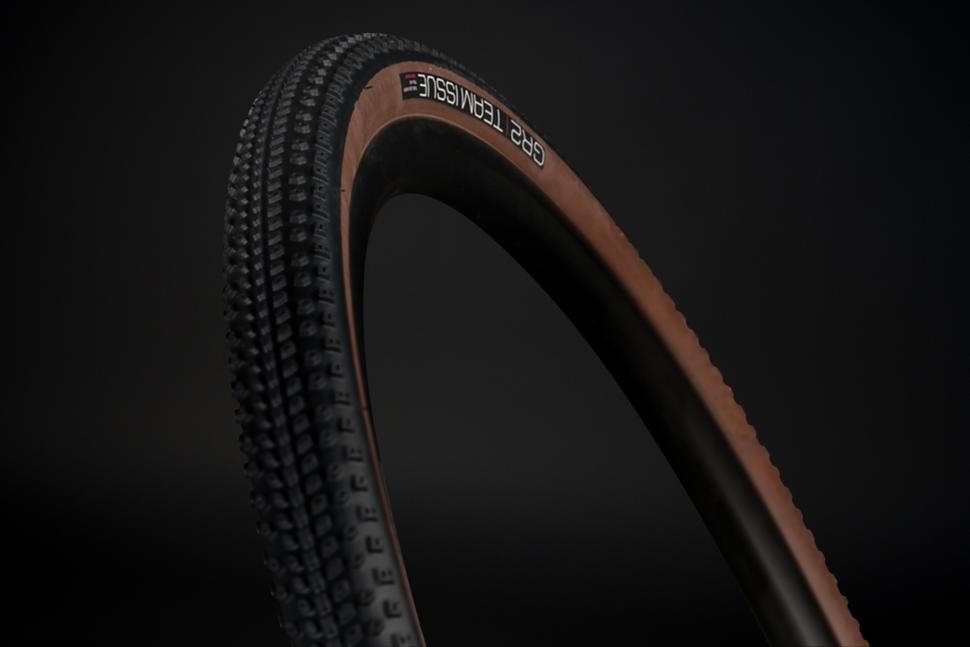
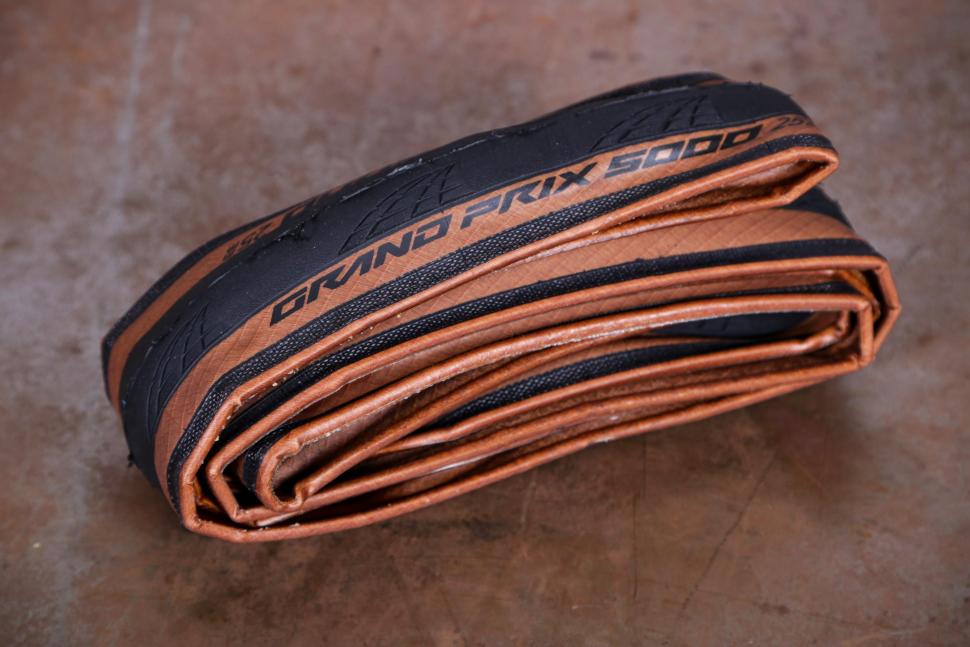
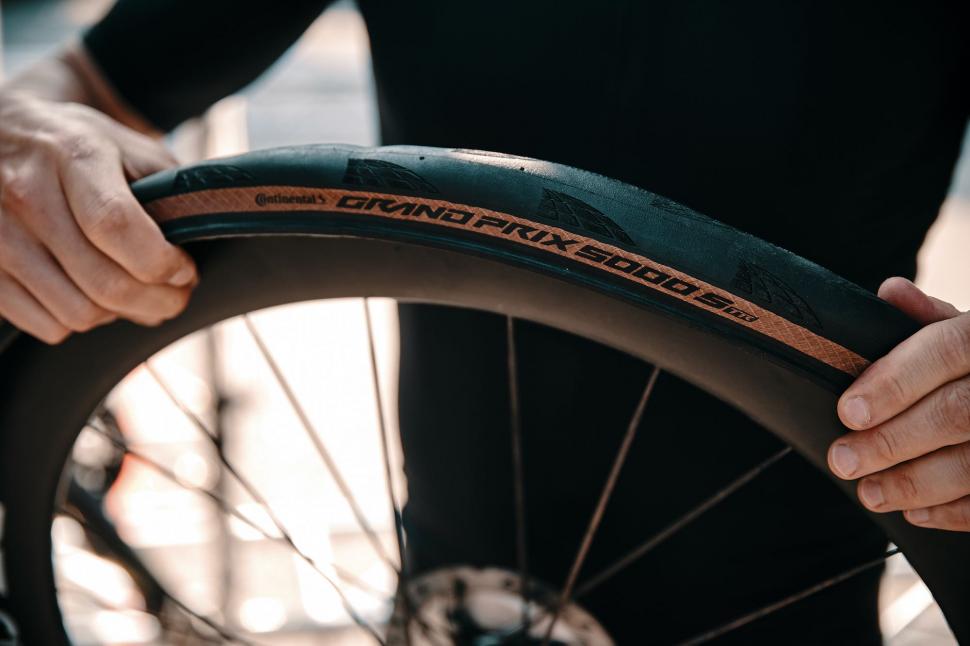

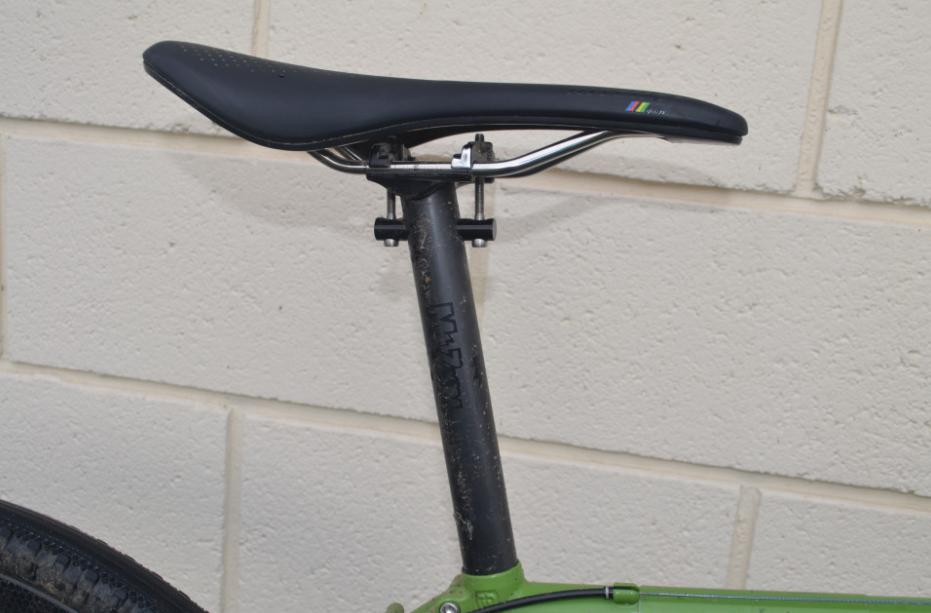
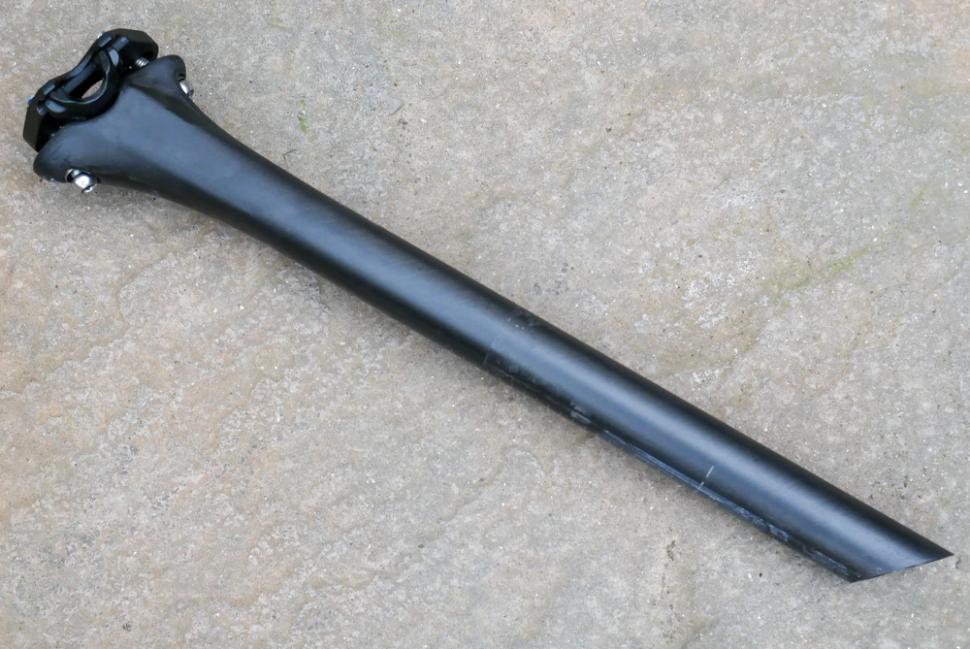
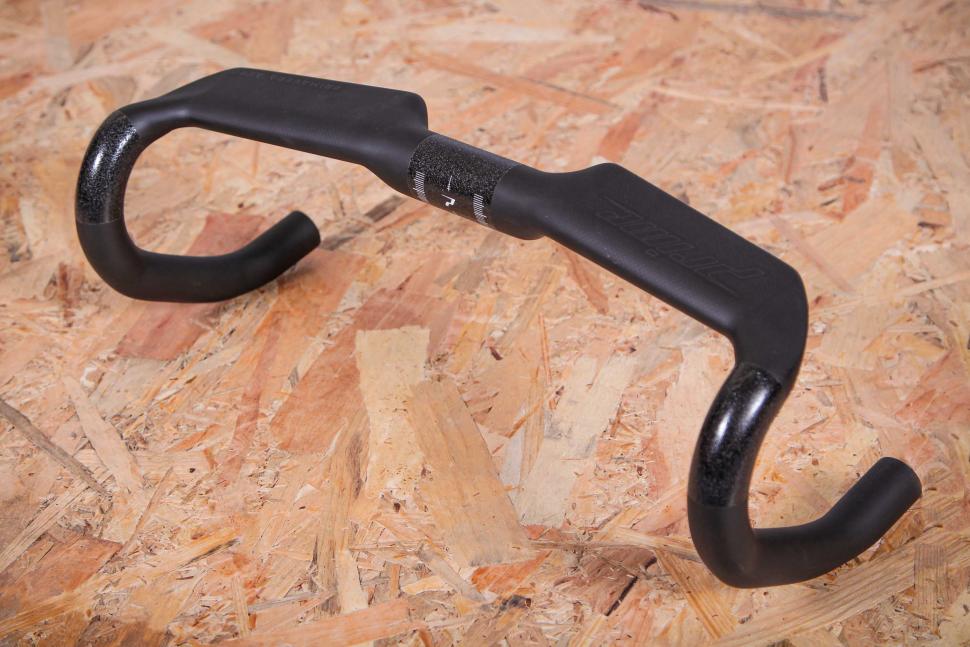
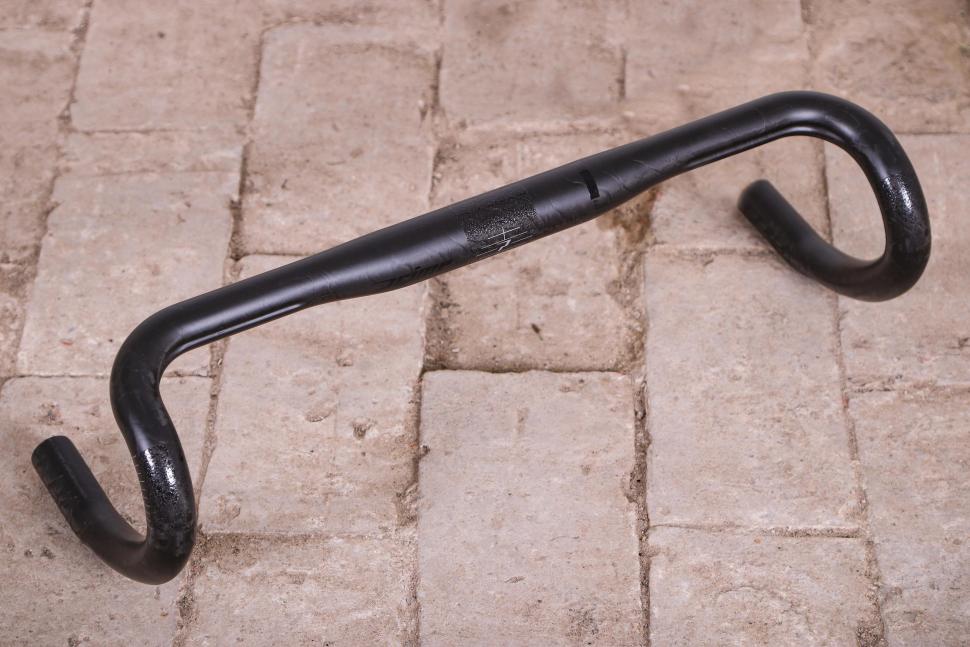
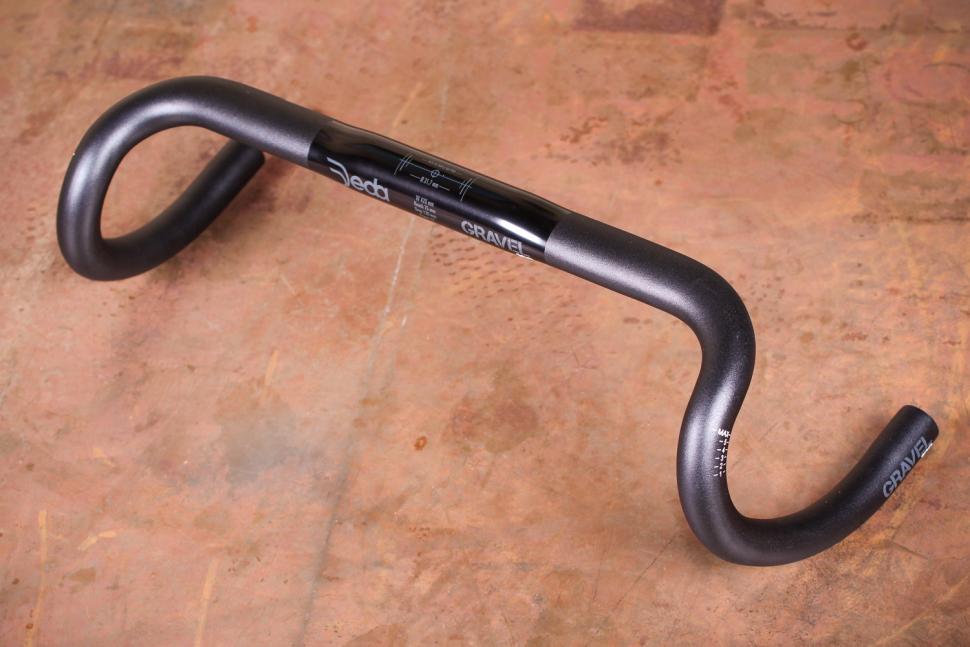
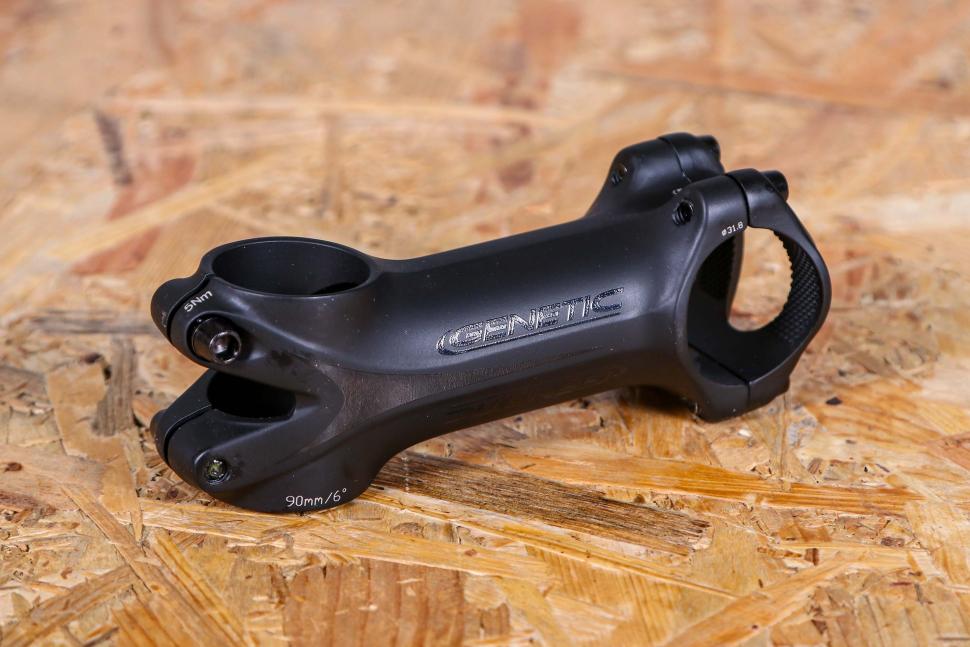

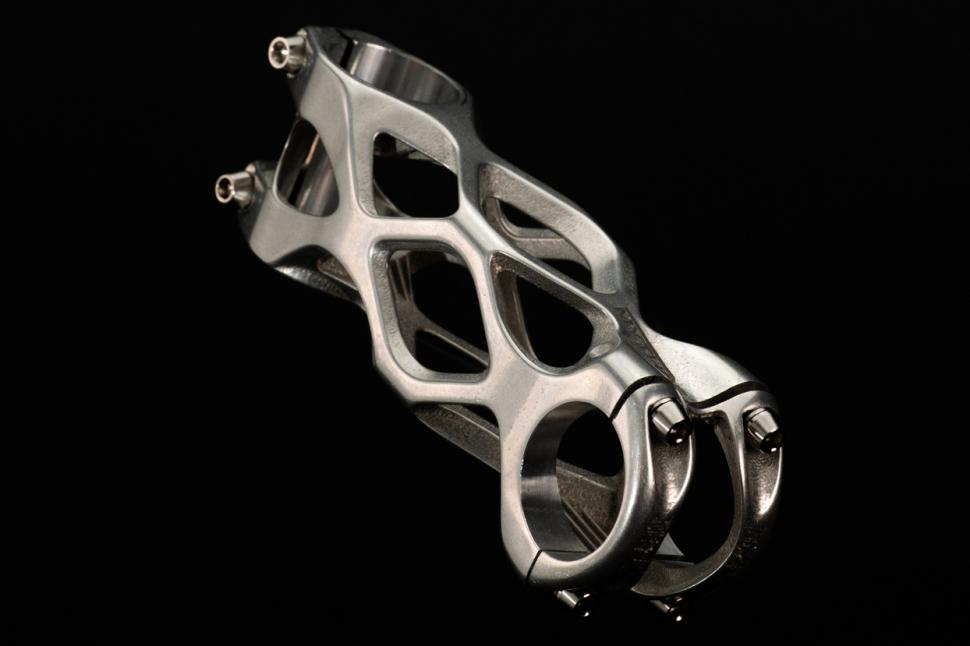
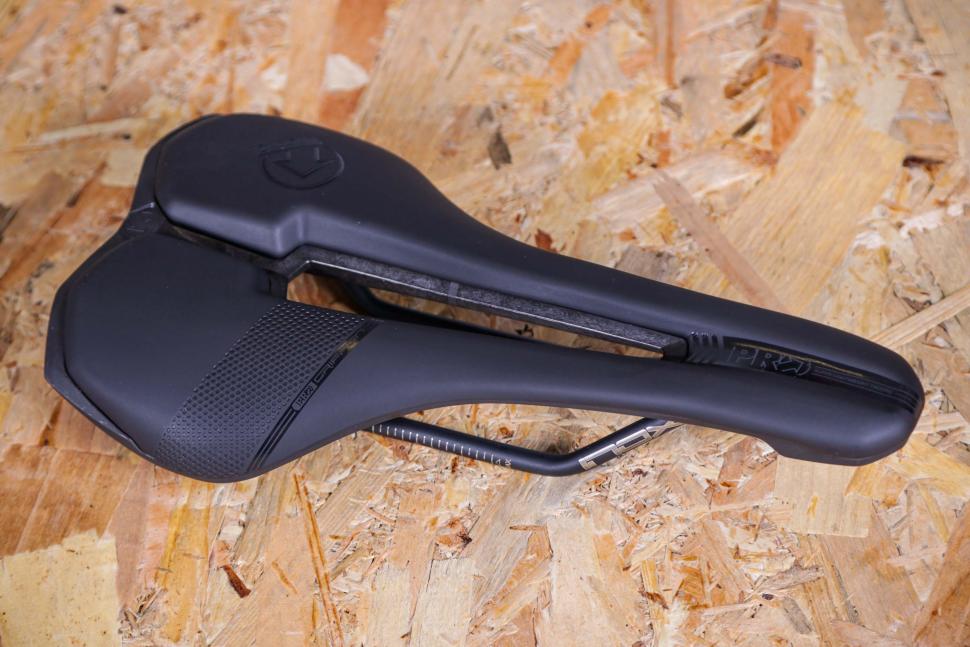
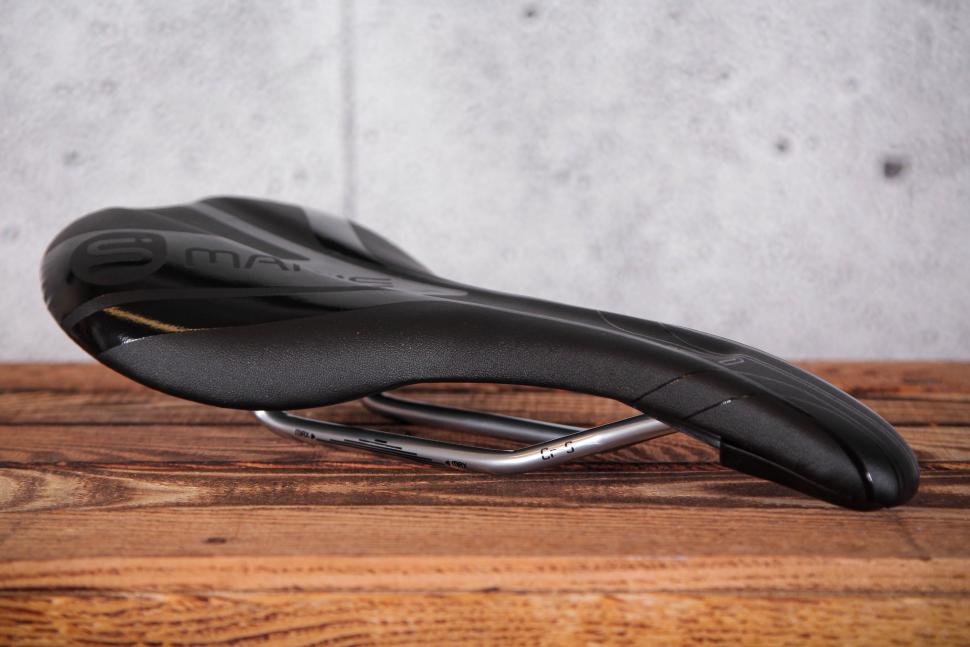
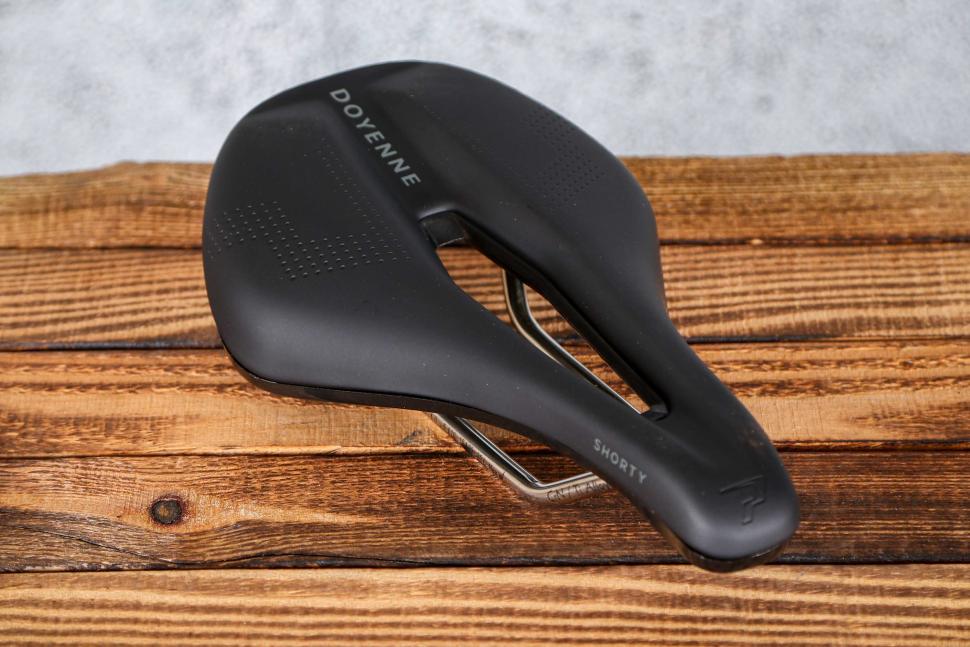


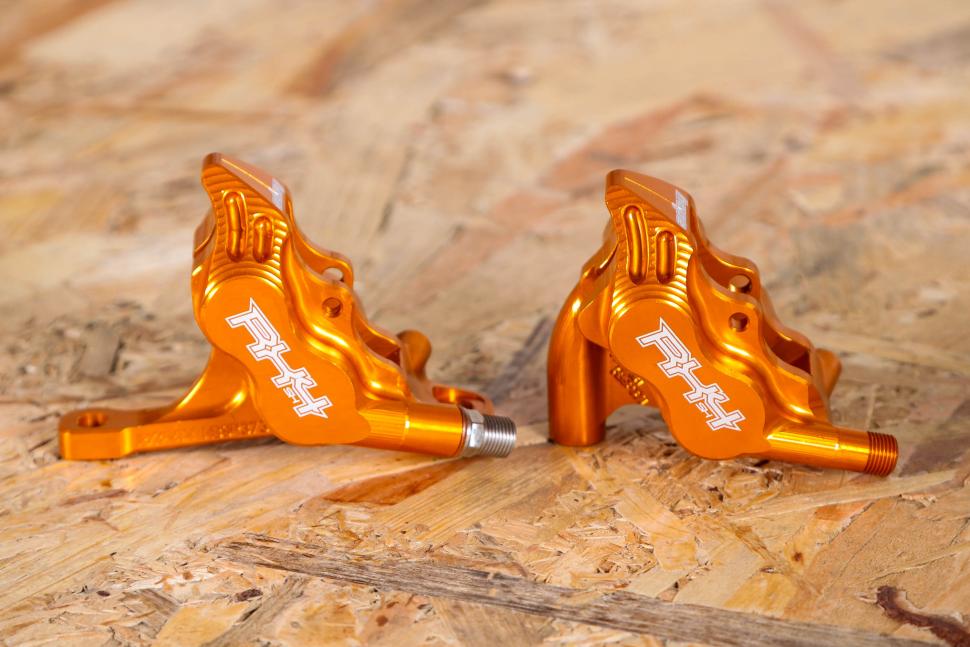


Add new comment
23 comments
What a stupid article.
We just spent the last 10 years trying to make our bikes as light and fast as possible then you gravel riders insisted on slapping 20kgs of crap onto your bicycles.
Now we are trying to make our gravel bikes lighter again. sheesh.
I reckon I'll scroll down to another **rolls eyes** article about the best handlebar bags or best moustache wax next.
This time last year my bike + rider weighed in at 79. 9kgs. Together they now weigh a scant 76 kgs. Total cost, zero + a little will power. It's been a relatively easy task to loose a little from my waste, no week day beer and far fewer snacks, rather than a significant amount from my bank account. For all but the Pros's surely the focus should be on the rider shedding a bit rather than the bike.
JRA Monitors are 25mm deep - how's that 'deep section'?
It's possible to build a light bike for less.
I bought an 80s frame and used a mix of vintage and new parts to make the pictured bike. It weighs around 8.1kg here. It could easily be lightened another 300g if I used another wheelset (that I already own, rather than buying) and another 200g or so with small changes.
All in the cost was well under £1500.
I recently bought a Syntace stem (MegaForce2) for the MTB, a bit difficult to track down but very light, if not cheap.
I think all my previous comments on the other old article about weight-saving parts are still true.
My self-built 8.5kg (with flat pedals) Planet X Pro Carbon (Shimano 105) cost less than £1000 in total (pre-covid) using heavy Shimano RS31 wheels. Lighter wheels should get it under 8kg (with pedals). I could trim a bit with different saddle, handlebar, seatpost and clamp, plastic innertubes, but it's very good as it is. I nearly bought some (new) SRAM calipers for a 100g saving for £20. Shame I put on about 8kg in Covid times!
Frame, fork and headset - £250
105 groupset - £300
Wheels - £130?
Vision Trimax handlebar - £80 (bought two at that price!)
RSP carbon seatpost - £50, probably less?
Sella Italia Max SLR Ti316 saddle - ~£40
Stem: Kalloy Uno7 - less than £20.
Halo hex-key skewers - £10
FSA polycarbonate stem spacers - £10
Other small parts add up but they were all pretty cheap, even the Conti UltraRace tyres, which have been great.
Everything was bought new from shops.
Those Kalloy Uno Stems are the a bit of a hidden gem.. famous with weight weenies, they used to be the lightest alloy stems you could buy for less than £20.. I looked recently and they'd expanded their range to make things a bit more confusing.. but still cheap and light in comparison to any branded stem.
They make the stems for a few major bike manufacturers, I believe Cannondale is currently one of them, the faceplate might be more traditional but it's barely any different really.
I built a sub-6kg hillclimber from a used ex-pro Boardman SLR frameset over last winter, with the plan for me to lose 6kg myself over this summer and then enter our local club hillclimb TT in September.
Details and specs are in the "Pictures of your bike" thread (sort newest first), it could have gone a fair bit lighter had it been a money-no-object build, but it was just a fun thing to do on a budget.
https://road.cc/content/forum/59367-pictures-your-bike
Drill holes in everything. Saw off the ends of brake and gear levers.
^^ This. I have got the lightest inner tubes around.
Really bumpy ride, though.
Price vs weight and no mention of the Hairsine ratio? Shame on you.
Although the inline posts are lighter you need to make sure they don't compromise fit as I note both bikes come stock with lay back posts. Some might get away with just pushing the saddle back but others might not have enough leaway.
Thanks re Hairsine ratio, that's been added in! It's included in our A-Z of cycling jargon of course.
While the article's conclusion is of course correct, I do recall with amusement someone's flip side argument. It more or less went like this: the best way to lose weight is to lose it from the rider, not the bike. The best way to lose weight from the rider is to get out there and ride more. The best way to motivate the rider to do that is to have lots of expensive lightweight bling on the bike that the rider enjoys using. Hence: the expensive lightweight bling is effective.
I find too spending 1K+ to lose a kilo on a bike pointless and a task only for the super rich guys, but the lose-a-rider-kilo argument is not exactly right.
I tried carrying carry my D-lock on a mount on the bicycle but the bike seemed heavy and filled with inertia. I made a leather holster from an old belt to carry the D-lock, and the riding experience was much better as the extra weight is closer to my center of gravity. It is not tiring carrying there and not rarely I grab my back searching for it, as I think I have forgotten it!
Great fun article!
The Trek is an interesting one.. 7.6kgs for £3.7k.. I bet that compares favourably to similar trek carbon offerings.
"Affordable"? About £1 per gram of a total weight reduction amount that's absolutely pointless. What does this weight loss of a kilo & a half get the now wallet-emptied consumer?
"My real-world testing, along with the numbers from the mathematical models, suggests that a kilogram extra weight will likely add one or two minutes on a hilly 100km bike ride. And on a flat route, a kilogram is likely worth 10 or 20 seconds over 100km."
From:
https://www.cyclingabout.com/why-we-should-stop-our-obsession-with-bike-...
The point of this particular Road.CC article, at bottom, is to encourage dafties who've been hypnotised by the "lighter = gooder" marketing to buy pointless new stuff whilst displacing & wasting perfectly good old stuff.
There are far better reasons to consume new bike parts, from getting more comfortable to making the bike able to support the kind of cycling you want to do but currently can't. Making the bike 1.5 kilos lighter in weight is relevant only to elite racers; and even they would do better to get many other kinds of improvements before wasting time, money and perfectly good bike parts by buying thing a few grams lighter (and perhaps also weaker as a consequence).
That "may be weaker if lighter weight" point is a serious issue. I recall when dafties in the bike club drilled everything they could then snapped them in a dangerous fashion whilst riding in the group. Manufacturers straining to make a handlebar, stem, seatpost or wheel a few grams lighter than the competition can go too far. The expensive lightweight doodwat snaps, buckles and at the very least becomes landfill; but at worst kills the cyclist snapping it.
There are some people who are weight weenies. They like to get their bikes as light as possible no matter the price. Let them crack on! They are the cycling equivilent of kids who try to jazz up Vauxhall Corsas with rear spoliers and induction kits. Its their money and its their hobby. Let them be. I know if I threw enough money at it I could get my partners rim brake Trek Emonda SLR Race Shop Limited down to sub 6kg. I don't see the point myself but I know its achievable
Agreed, except the Corsa equivalent would be the playing card in the spokes.
I'm all for throwing a few quid at a my bike/hobby to make it lighter or more aero, or even, and be warned, this next reason may cause some distress.. or even, just for it to look better! It makes me happy (obvs when I can afford to do so).
Cycling is a broad church.. we can all enjoy it commuters, audaxers, racers, dentists, social club riders, shoppers or even just beating your mate to the town sign. You shouldn't look down on someone (like me) who has drilled his M5 heads to save half a gram per bolt.
swap out the 105 mechanical groupset for DA Di2 and some even lighter still wheels and you have an alu bike that weighs around 7kg for the same price as the Emonda SLR Ultegra di2 and possibly just about lighter.
12sp DA di2 weighs ~2.5kg and 105 11sp mechanical weighs ~2.1kg. You sure of your facts?
Ultegra is lighter. At least once the crank has broken off.
Think you have your measurements the wrong way around. DA is around 2.3kg for R9170 and 105 R7020 is just under 2.7kg average - chainset and casette sizes will effect the overall weight but there is a good 500-550g you could lose with DA over 105 , Get some ultralight wheels like Roval Alpinist CLX II and your hitting the 7kg mark
https://ccache.cc/blogs/newsroom/2019-road-groupset-weight-comparison
It does caveat things like battery etc but a di2 battery is only 50g and cables add weight too etc. So when you factor in a lot of the other bit you get to much heavier weights that in the charts. But 105 mech is still 500g ave more than DA di2